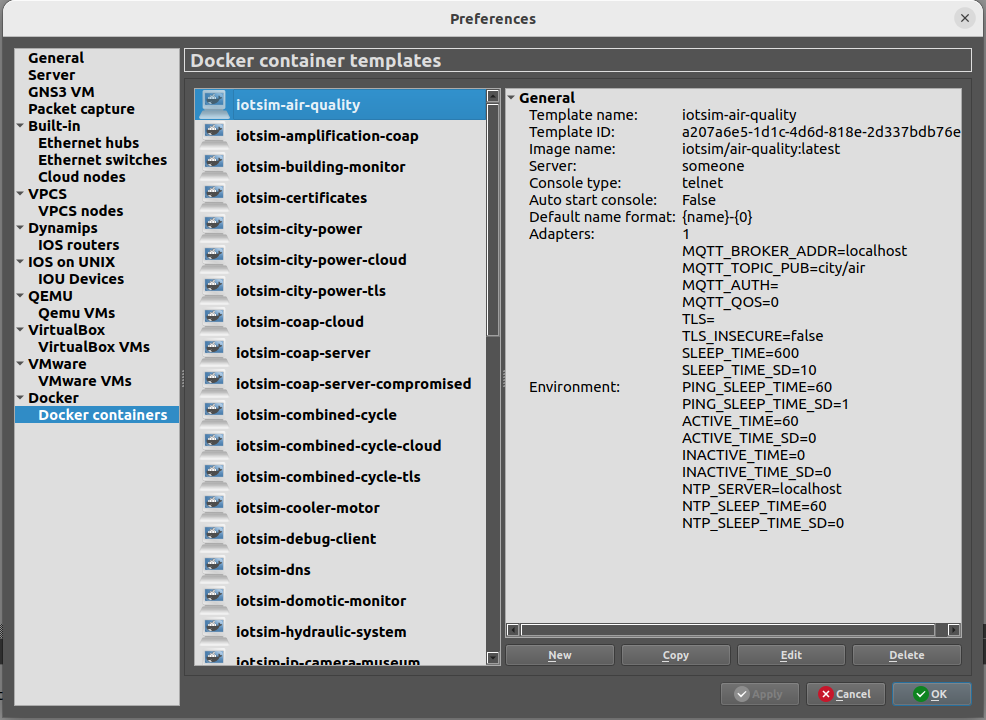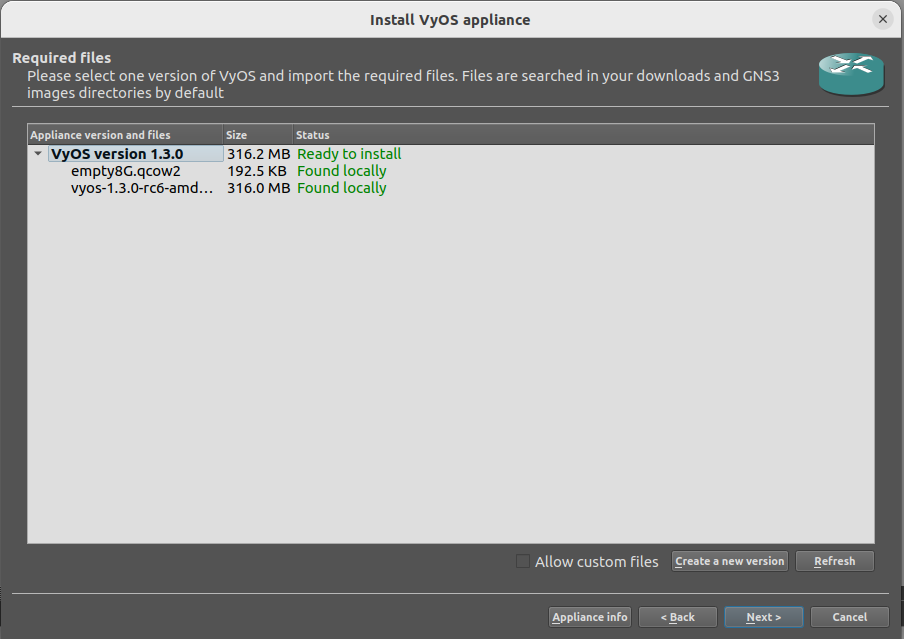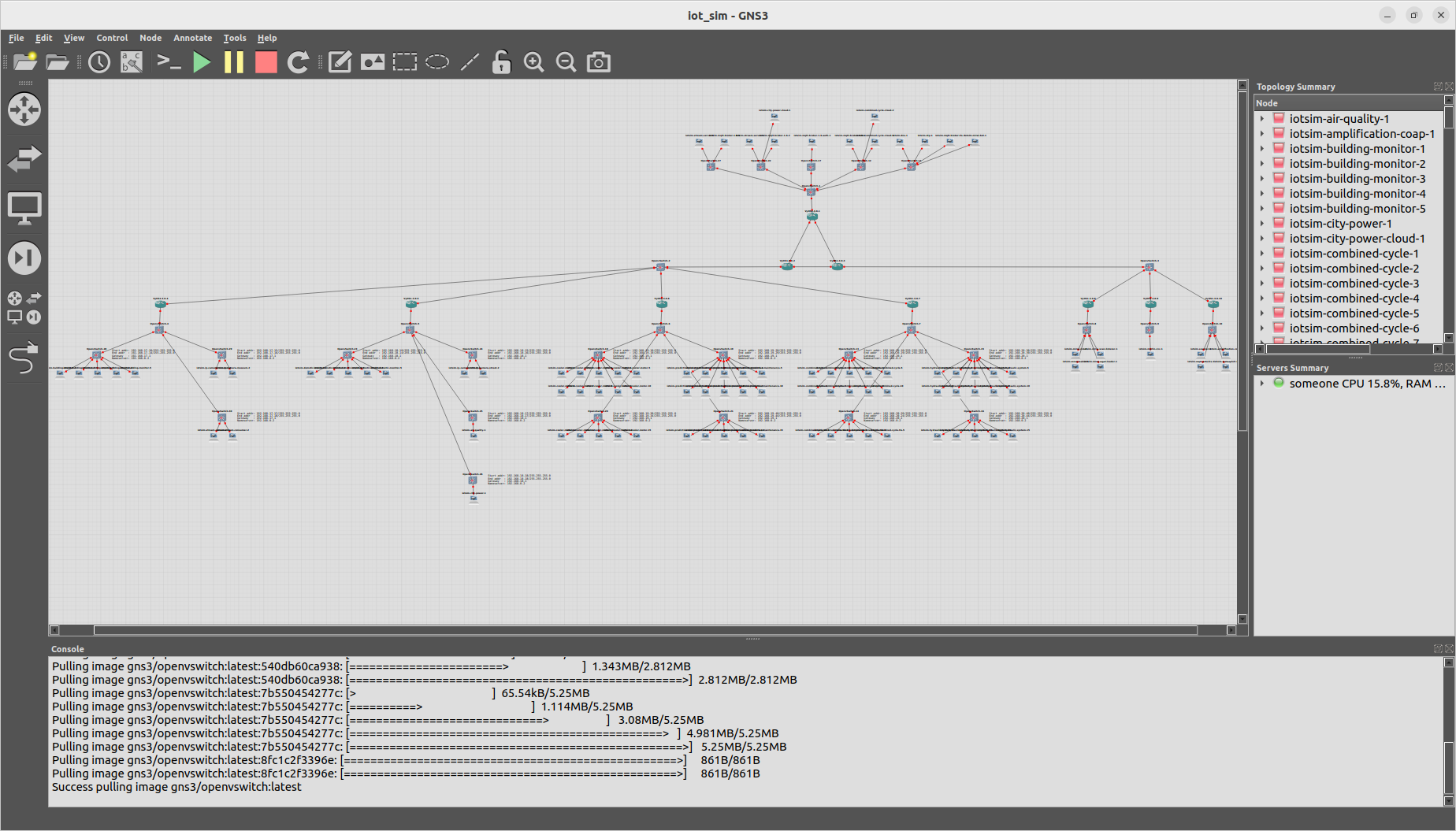This repository contains the source code and implementation of the emulated testbed described in the following paper (open access):
X. Sáez-de-Cámara, J. L. Flores, C. Arellano, A. Urbieta and U. Zurutuza, "Gotham Testbed: A Reproducible IoT Testbed for Security Experiments and Dataset Generation," in IEEE Transactions on Dependable and Secure Computing, doi: 10.1109/TDSC.2023.3247166.
If you use or build upon this testbed, please consider citing the article.
Tested on Ubuntu 20.04.4 LTS and 22.04 LTS
-
make
-
wget
-
Python 3
-
GNS3: https://www.gns3.com/, https://docs.gns3.com/docs/getting-started/installation/linux
- Answer 'Yes' when the Wireshark installer asks 'Should non-superusers be able to capture packets?'
-
Your user should belong to the following groups: ubridge, libvirt, kvm, wireshark, docker.
sudo usermod -aG ubridge,libvirt,kvm,wireshark,docker $USER. Restart the machine. -
For large topologies with many nodes (containers, VMs) you might need to increase the maximum number of open file descriptors (in the machine running GNS3) to start all the nodes simultaneously. Check the current limit with
ulimit -n -
KVM virtualization support. When running GNS3 in a virtual machine, enable nested virtualization.
Create a Python virtual environment to install the Python dependencies of the project (You might need to install the python3-venv package). To interact with the project, activate the virtual environment.
Inside the project's repository directory, run:
$ python3 -m venv venv
$ source venv/bin/activate
(venv) $ pip install -r requirements.txt
All the Dockerfiles and the dependencies that describe the emulated nodes (IoT devices, servers, attackers) are inside the ./Dockerfiles directory. The build process of some Docker images depend on other images; instead of building them manually, the project includes a Makefile to automate the process.
Run make to automatically build all the Docker images in the correct order:
$ make
This can take a long time (approx 30 min depending on the host and network speed); you can parallelize the build process running make with the -j flag.
If you modify any Dockerfile, configuration file, program or any other file inside the ./Dockerfiles directory, run make again. It will rebuild the updated images and other images that depend on them.
Open GNS3, the GNS3 server must be running.
Inside the ./src directory run:
(venv) $ python3 create_templates.py
You can verify the created templates in GNS3 select: Edit > Preferences > Docker containers
Inside the project's repository directory, run:
make vyosiso
The artifacts (a .iso file and a .qcow2 file) will be downloaded into the ~/Downloads directory. Follow the instructions to import appliances in GNS3 https://docs.gns3.com/docs/using-gns3/beginners/import-gns3-appliance/. The router appliance file is located at ./router/iotsim-vyos.gns3a.
GNS3 must be running.
Inside the ./src directory run:
(venv) $ python3 create_topology_gotham.py
GNS3 must be running.
Inside the src/ directory run:
(venv) $ python3 run_scenario_gotham.py


